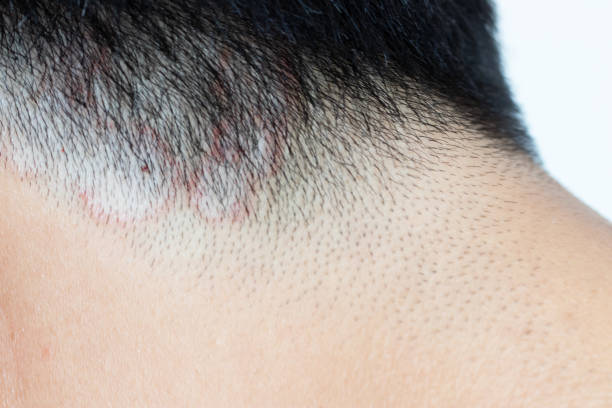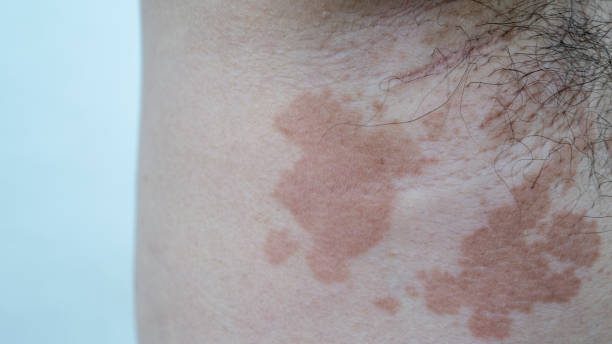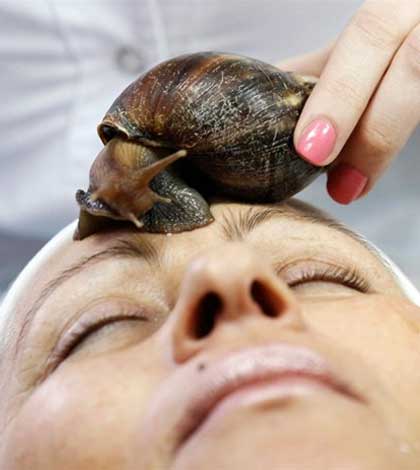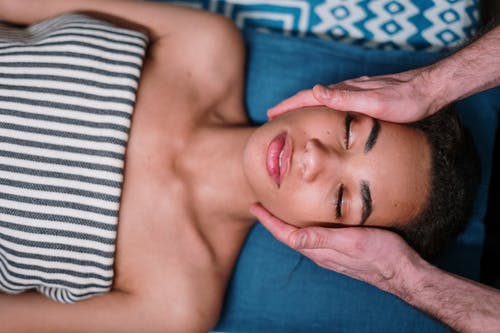3 Easy Natural Home Treatment Tips
This thing called tinea versicolor may be a bit more common that we realise, especially since it can flair up when we least expect. As some of us know – this can be one pesky skin issue , as it interferes with our pigmentation, and can result in those discolored patches. At times these patches show up when we least expect and are dry to scaly as well. The most common symptom though is that these patches may be white, pink or even light brown and over a few days expecially when it flairs, can be also found on the neck, back, face, chest, shoulders and even arms.
Good thing though, is that it is not spread from person to person.
TINEA VERSICOLOR?
It’s a common skin infection that can cause patches like we mentioned before on the skin. It is a fungal infection caused by Candida albicans – and the infection can cause severe skin inflammation and redness.
People with tinea versicolor often have an inflammation on the surface of their skin known as erythema nodosum. If left untreated, this inflammation can lead to a serious infection called tinea corporis. Tinea corporis is a chronic, severe skin infection that can cause fever, body aches, and an overall feeling of unease or discomfort, but this is only in extremely severe cases.
WHAT ARE THE SYMPTOMS OF TINEA VERSICOLOR?
The symptoms of Tinea versicolor can vary depending on the person, but most will experience redness and inflammation around their skin. They may also have thick, little patches of skin-cells that feel tight and uncomfortable. There is a high chance that the infection will lead to fungal overgrowth and increase the number of fungal cells in the skin.
There are many natural treatments for Tinea versicolor, some that you can apply orally and some that you can apply topically. To help treat your feet, Here are 3 easy natural treatments that you can do at home.
1) APPLY COCONUT OIL
Coconut oil is a natural treatment for Tinea versicolor that can help reduce inflammation and redness. Apply a few drops of coconut oil to the affected area every day, and you’ll see a noticeable improvement in the healing process. Coconut oil also has antibacterial and antiviral properties, so it’s a great choice for treating fungal infections.
2) APPLY ALOE VERA

Aloe Vera is a great natural treatment for Tinea versicolor. Aloe Vera can help to soothe and reduce inflammation and reduce the amount of fungus growing in the skin.
To apply aloe Vera, you’ll need to take a small amount of the gel and spread it over the affected area. Apply it gently and wait until the gel is fully absorbed.
You can also use this gel to top off your topical treatments if you find that they’re not working as well as you’d like.
3) APPLY TURMERIC
Turmeric is an effective treatment for Tinea versicolor. It is effective in treating other fungal infections, such as Candida overgrowth, and can be used as a natural cure for acne.
To use Turmeric, you’ll want to start by taking 1 tablespoon of it orally every day for 7 days. After that, you can begin adding it to your regular diet as needed. You can also put it on top of your skin when you experience symptoms of Tinea versicolor.
Over Time
If you are experiencing any flair up of Tinea versicolor, then it is best to get medical help as soon as possible. A few easy treatments can help ease the symptoms, but it is always best to consult with a doctor if you have any concerns. Maybe consider using these natural applications over a period of time, as part of our routine.





